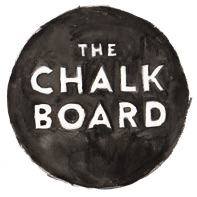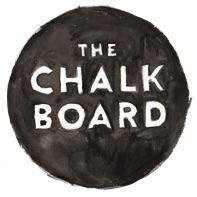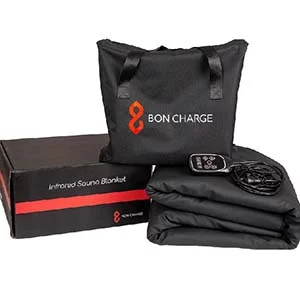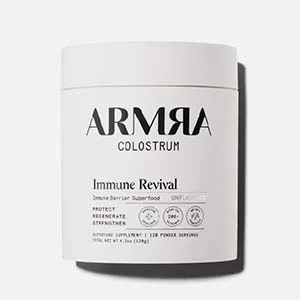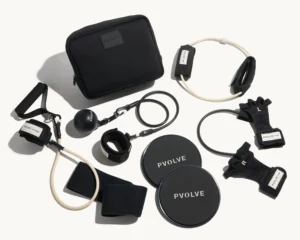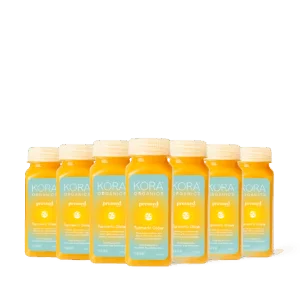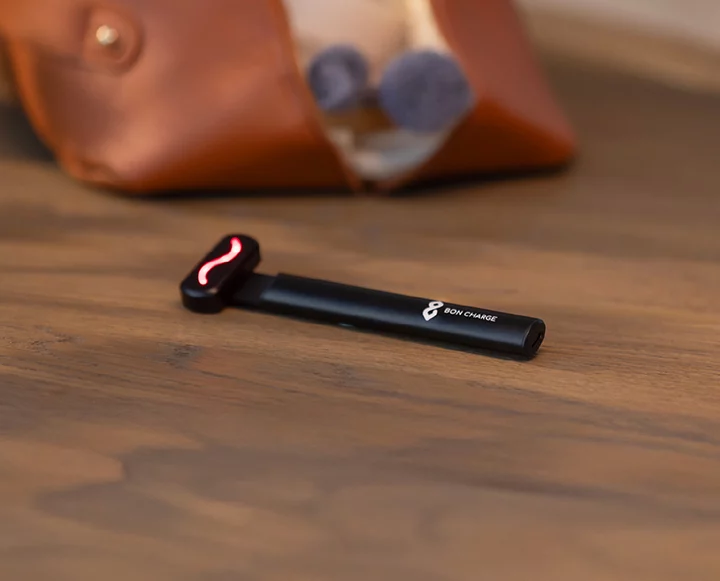When we think about addiction, our minds often jump to alcohol, nicotine, or other substances. But what if the real story begins in your gut?
In The Gut-Brain Paradox, Dr. Steven Gundry explores a radical idea: that the trillions of microbes living in your gut might be the ones quietly pulling the strings behind your cravings—not just for substances, but for sugar, processed foods, and that extra slice of pizza you swore you didn’t need.
It’s not about willpower. It’s about biochemistry. And the more we understand the gut-brain connection, the better equipped we are to break the cycle for good.
 1. Your Gut Bugs Have a Sweet Tooth (and a Taste for Trouble)
1. Your Gut Bugs Have a Sweet Tooth (and a Taste for Trouble)
Let’s start with the bacteria in your gut. Not all of them are working in your favor. Some—what Dr. Gundry calls “bad gut bugs”—actually thrive on the very things you’re trying to avoid: sugar, refined carbs, alcohol, and even nicotine.
When these microbes dominate, they send chemical signals to your brain that feel a lot like cravings. In other words, when you reach for that afternoon croissant or glass of wine, it’s not just comfort you’re after—it’s microbial manipulation.
Research backs this up: individuals prone to food addiction often have distinct gut bacteria that influence both appetite and behavior. These aren’t just habits—they’re biological feedback loops.
2. Imbalanced Gut = Dopamine Drought
Ever wonder why certain foods make you feel amazing for a moment—and then leave you crashing, hungry, and wanting more? It may come down to dopamine, the neurotransmitter responsible for feelings of pleasure and reward.
When your gut microbiome is out of balance, dopamine production can plummet. The result? It takes more of that comfort food (or drink, or cigarette) to get the same satisfaction.
This isn’t just about emotional eating—it’s about a disrupted brain chemistry that starts in your belly.
3. The Addiction Cycle That Damages Your Gut
Here’s the kicker: the very foods (or substances) you crave can worsen the gut issues that caused the craving in the first place. Processed foods, sugar, alcohol, and additives damage the gut lining, leading to leaky gut and chronic inflammation. That inflammation feeds the “bad” bacteria, increasing your cravings and damaging your body’s ability to self-regulate. It’s a loop—and it’s exhausting. Like substance abuse, food addiction can become both physical and emotional. And without healing the gut, the cycle is notoriously hard to break.
 How to Break the Cycle (And Reclaim Your Cravings)
How to Break the Cycle (And Reclaim Your Cravings)
Healing starts with the gut. Dr. Gundry’s solution? A gut-focused lifestyle that supports brain health, nourishes the microbiome, and calms inflammation—without gimmicks or guilt.
Here’s what that might look like:
+ Add more polyphenols (think: olive oil, dark berries, and green tea)
+ Embrace prebiotic fiber to feed your good gut bacteria
+ Ditch the processed sugars and refined carbs that fuel the “bad bugs”
+ Avoid lectins if they irritate your gut lining
+ Manage stress, prioritize sleep, and move your body daily—even a walk counts
Food addiction, sugar cravings, and substance dependency might feel overwhelming—but if your gut is the missing link, then tending to it may just be your most powerful path forward.
